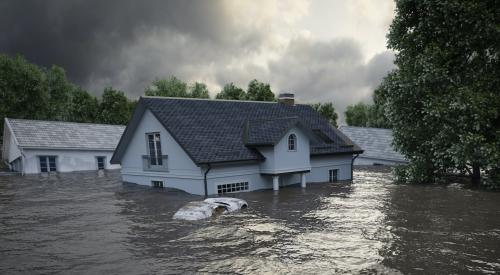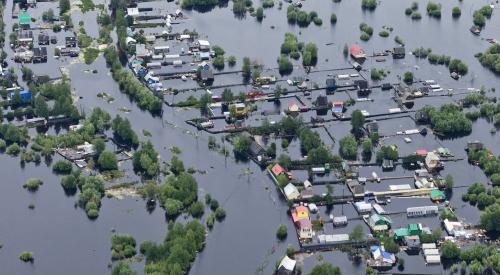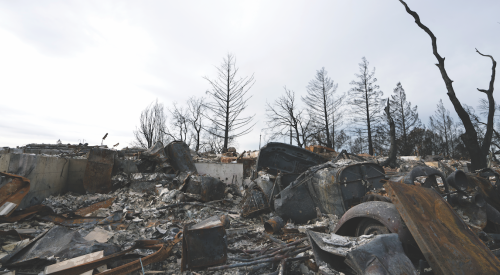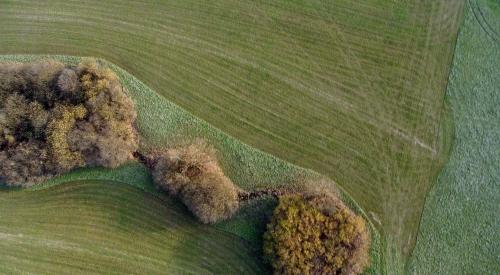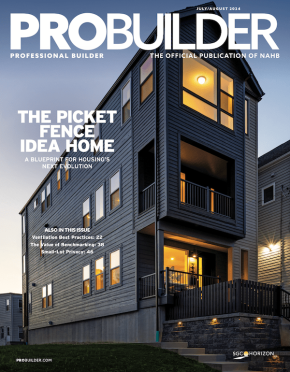With increased flooding and severe storms, U.S. coastal cities are rethinking how they build, Urban Land reports.
More frequent flooding is but one of the increasing instances of severe weather—dangerous meteorological phenomena including excessive precipitation, wildfires, thunderstorms, tornadoes, hurricanes, cyclones, and floods with the potential to cause damage, serious social disruption, and loss of human life—facing coastal communities throughout the United States. “Two years ago, climate change was a concern we were working on with long-term goals,” Panagore says. “Now, we are the forefront of change.”
“Measures like stronger building codes have been enacted after major hurricanes such as Andrew in Miami and Harvey in Houston,” says Adam Kamins, director at West Chester, Pennsylvania–based Moody’s Analytics. “That said, a broader reckoning that would involve reducing development along coasts, floodplains, and in areas that are vulnerable to fires has yet to materialize. Given the amount of money at stake when it comes to waterfront properties or the unaffordability of California’s coastal cities driving more development inland toward areas that are subject to fires, I don’t expect building patterns to change meaningfully—at least not in the near term.”
In some coastal areas, developers, designers, and architects are taking the risk of severe weather events into account during planning. “Climate change continues to be a significant concern,” says Lou Vasquez, cofounder of BUILD, a real estate development company in San Francisco specializing in mixed-use residential development. “Nongovernmental organizations [NGOs] and governments are working closely together to prepare our region for climate change and to ensure we are planning future communities and developments with climate change in mind. The wildfires in the state have increased demand to replace lost housing, exacerbating the construction resource shortage, especially labor. This has further driven construction costs up and created an even greater squeeze in an already tight housing market.”
Read more

